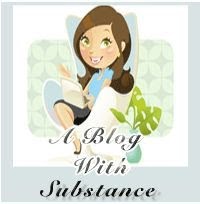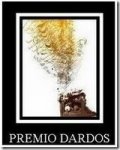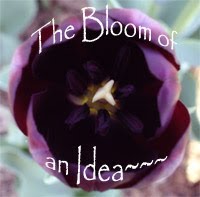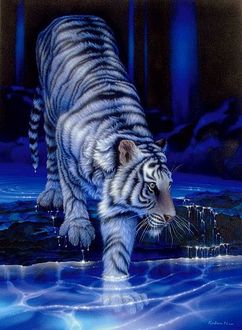“I like nonsense, it wakes up the brain cells. Fantasy is a necessary ingredient in living.”
-Dr. Seuss
Some neural scientists suggest that music confers no survival advantage and describe it as “auditory cheesecake.”
On the other hand, they suggest that fiction can, like gossip, be biologically adaptive.
“Fictional narratives supply us with a mental catalogue of the fatal conundrums we might face someday
and the outcome of strategies we could deploy in them."
Neil Gaiman mentioned the same thing in the YouTube video of yesterday on my blog.
The brain, by itself,
would have no mind.
It requires the cooperation of the body in order to think and feel.
It is this interaction between the brain and the body that causes the mind.
Speaking of actually using the body, here is an interesting fact:
A new study that compared the different brain processes used for writing by hand and typing
has found that there are cognitive benefits to putting a pen to paper.
These findings give support to the continued teaching of penmanship and handwriting in schools.
By the way, how legible is your handwriting these days? :-)
Writing is more complicated because it integrates the following three brain processes:
- Visual: Seeing what is on the paper in front of you.
- Motor: Using your fine motor skills to actually put the pen to paper and form the letters to make the words.
- Cognitive: Remembering the shapes of the letters requires a different type of feedback from the brain.
And we’re all in a hurry to share our every thought with our social networking worlds.
But, as an experiment, sit down and write a letter.
See how different it feels to actually hold the pen and to have to plan out your thoughts.
It’ll be good for your brain.
Handwriting may be slower, and there is no spell check,
but this is precisely why picking up a pen and writing your thoughts down on paper may actually help you exercise your brain.
The latest findings from the real neuroscience of creativity suggest that
the right brain/left brain distinction does not offer us the full picture of how creativity is implemented in the brain.
Creativity does not involve a single brain region or single side of the brain.
Instead, the entire creative process–
from preparation to incubation to illumination to verification–
consists of many interacting cognitive processes (both conscious and unconscious) and emotions.
Depending on the stage of the creative process, and what you’re actually attempting to create,
different brain regions are recruited to handle the task.
Alice Flaherty, one of the most renowned neuroscientists researching creativity
states an important ingredient to be creative is dopamine: The more dopamine that is released, the more creative we are.
Typical triggers for events, that make us feel great and relaxed and therefore give us an increased dopamine flow
are taking a warm shower, exercising, driving home, etc. The chances of having great ideas then are a lot higher.
Also being distracted helps:
Jumping into the shower can turn into what scientist call the “incubation period” for your ideas.
The subconscious mind has been working extremely hard to solve the problems you face
and now that you let your mind wander, it can surface and plant those ideas into your conscious mind.
So are you stuck in your novel? Hop into a warm shower!
























































































































































































